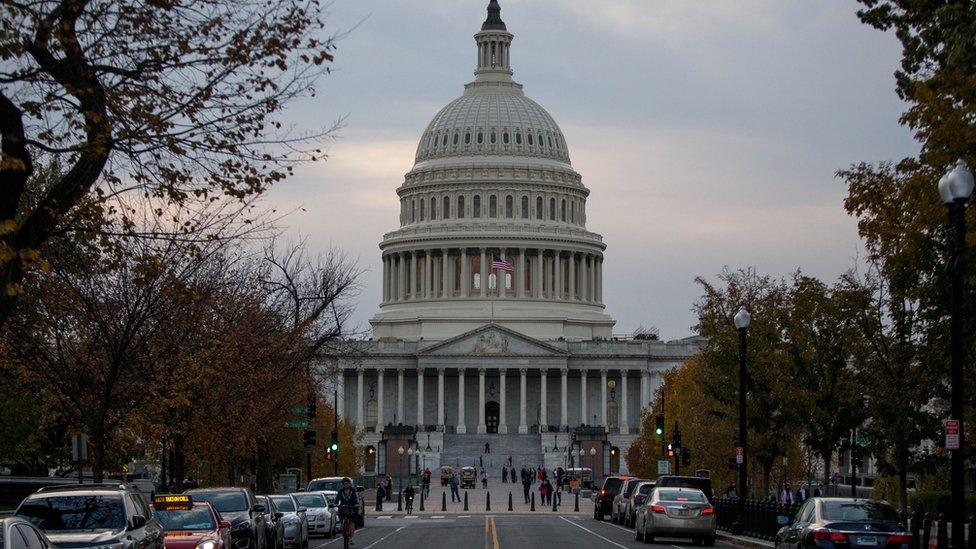U.S. Senate Clears Stablecoin Bill in Milestone for Crypto Industry
U.S. Senate Clears Stablecoin Bill in Milestone for Crypto Industry
By
Leah Rosenfeld
Last updated:
October 7, 2025
First Published:
October 7, 2025

Photo: BBC
A Landmark Vote for Digital Assets
On June 17, 2025, the U.S. Senate passed the GENIUS Act by a 68-30 bipartisan margin, signaling a watershed moment in America’s approach to regulating cryptocurrencies. This legislation, centered on stablecoins (tokens pegged to the U.S. dollar or other safe assets), establishes the first federal framework that seeks to balance innovation with consumer protection.
Defining What a Stablecoin Should Be
Under the GENIUS Act, only entities designated as “payment stablecoin issuers” may create new stablecoins. These issuers must maintain one-to-one backing with permitted reserve assets—such as cash, short-term U.S. Treasury bills, or central bank reserves—and are forbidden from risky practices like rehypothecation of reserves. The requirement imposes a high bar for stability and transparency.
Obligations and Disclosures for Issuers
To ensure accountability, stablecoin issuers will have to publicly disclose their reserve composition on a monthly basis, certify the accuracy of those reports via executive officers, and submit to audits by registered public accounting firms. For large issuers—particularly those exceeding $50 billion in circulation—additional financial reporting standards may apply.
Dual Regulation: Federal and State Cooperation
The act allows smaller nonbank issuers with less than $10 billion in stablecoin issuance to opt into oversight by state regulators, so long as those state regimes mirror the federal framework. However, if they grow beyond that threshold, they must transition under federal supervision jointly overseen by agencies like the Federal Reserve, Office of the Comptroller of the Currency, and Treasury.
Prioritizing Stablecoin Holders in Insolvency
A notable protection in the law is that stablecoin holders are granted priority claims in the event of issuer bankruptcy. In other words, those holding the tokens would be first in line to recover funds, ahead of many other creditors. This provision aims to bolster user confidence in stablecoin safety during issuer distress.
Regulating Cross-Border Activity and Foreign Issuers
The legislation does not ignore the global nature of crypto. Foreign stablecoin issuers seeking access to U.S. markets must comply with certain federal requirements. Meanwhile, digital asset service providers (such as exchanges) that list or trade foreign stablecoins must also abide by defined standards. These measures help curb regulatory arbitrage.
Industry and Market Response
The crypto ecosystem reacted swiftly. Companies tied to stablecoins, especially those involved in issuance or trading, saw heightened interest. Market participants viewed the bill as a transformative shift toward legitimacy—offering the clarity many had long awaited. Institutions that had held back from stablecoin activities may now reconsider entry as regulatory risk diminishes.
Criticism and Areas of Concern
Not all voices cheered. Some consumer advocates argue the bill does not go far enough in anti-money laundering and fraud protections. Critics warn it may favor large incumbents or state-backed actors while leaving room for regulatory gaps. The balance between protecting consumers and preserving space for innovation will likely face scrutiny in implementation.
The Path Forward: House, Presidency, and Execution
While the Senate’s passage is monumental, the GENIUS Act must still clear the House of Representatives and gain the President’s signature to become law. Even once enacted, the real test lies in enforcement: building regulatory infrastructure, coordinating federal and state oversight, and ensuring compliance in a fast-evolving market. How effectively the U.S. carries out this mandate will influence not only its domestic crypto industry but global confidence in American digital finance leadership.
Popular articles
Subscribe to unlock premium content
Disney’s Timeless Magic and How the Entertainment Giant Continues to Shape Culture and Innovation

Imran Khan’s Economic Missteps Amid Political Chaos in Pakistan

The Philippines’ Digital Shift How Remittances and BPO Are Fueling Growth

Disney’s Timeless Magic and How the Entertainment Giant Continues to Shape Culture and Innovation

Imran Khan’s Economic Missteps Amid Political Chaos in Pakistan

Disney’s Timeless Magic and How the Entertainment Giant Continues to Shape Culture and Innovation









